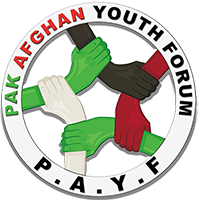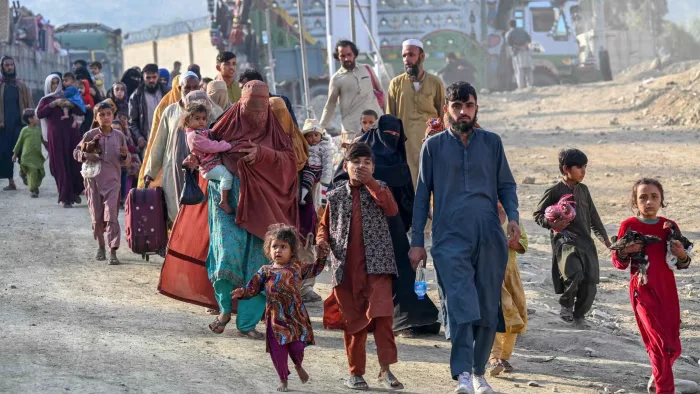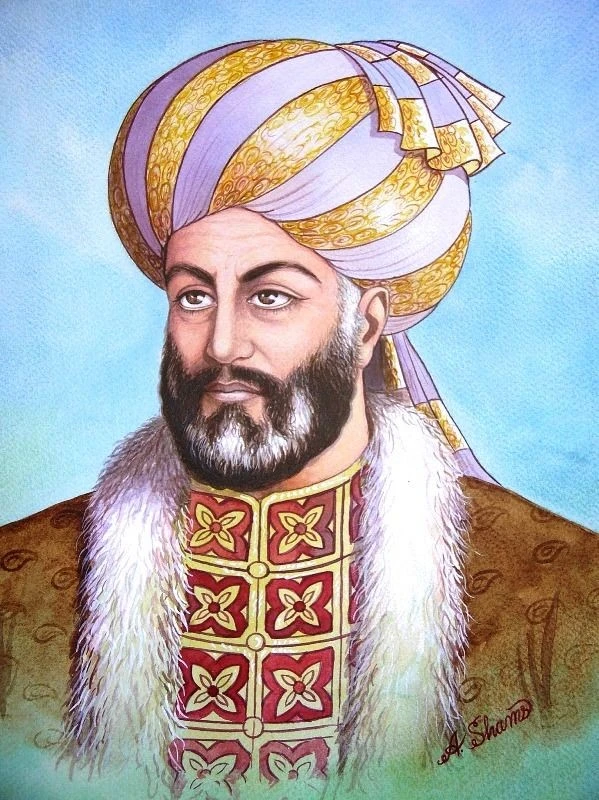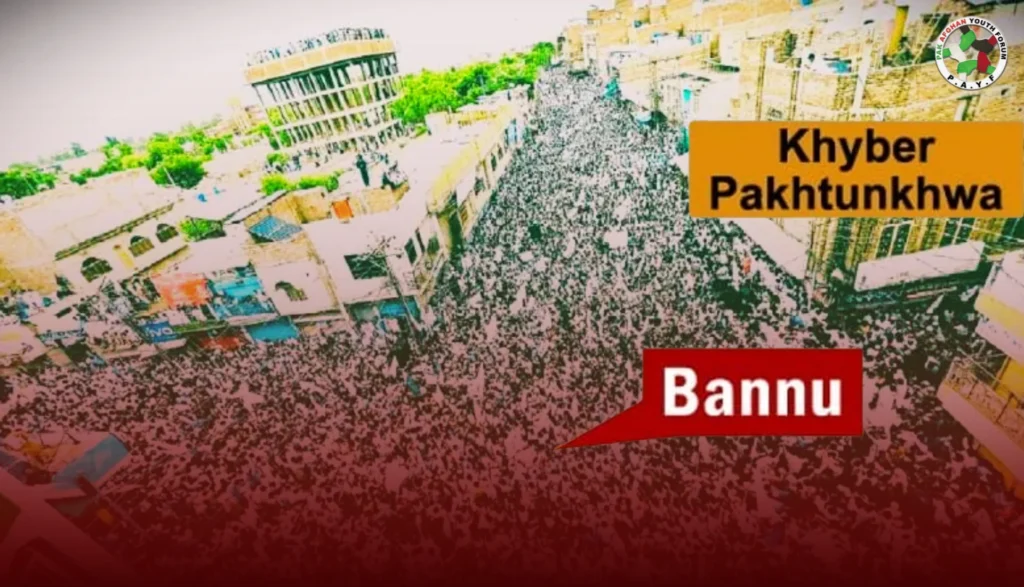As of January 2025, Afghanistan and Pakistan remain bound by a relationship that is anything but simple. It’s a web of trade, education, refugees, and shared challenges that, despite all odds, has persisted over the years. While geopolitical tensions are a constant undercurrent, the ties between these neighboring nations are undeniably interdependent. But the story isn’t just about borders or policies; it’s about the people—the youth, especially Afghan girls, whose futures hang in the balance. It’s a complex, at times rocky, but deeply interconnected journey.
Afghanistan and Pakistan Trade: From Tensions to Transit (and Gwadar)
While trade between Afghanistan and Pakistan is far from smooth sailing, it remains a lifeline. Pakistan has long been Afghanistan’s largest trading partner, and despite recent fluctuations, bilateral trade reached around USD 969 million in 2023. To put it simply: Afghanistan can’t do without Pakistan, and vice versa. Pakistan’s exports to Afghanistan mainly include pharmaceuticals, edible goods, vehicles, and chemicals, while Afghanistan supplies Pakistan with raw materials such as coal, cotton, and fruits.
But what happens when a system built on promises of trade doesn’t quite deliver? Enter Gwadar Port, a strategic hub that has seen its share of bureaucratic red tape and logistical challenges. In 2025, Pakistan has decided to ditch the old, cumbersome bank guarantee system that once held up the bulk trade of goods like wheat, sugar, and fertilizers. Instead, the government has introduced an insurance guarantee to make things smoother for Afghan traders—an initiative under the Afghanistan-Pakistan Transit Trade Agreement (APTTA). This change comes after months of deliberation, where businesses in Gwadar cried out for less red tape and more efficiency.
By removing the banking bottleneck, Pakistan hopes to ease trade flow and boost transparency, benefiting not just Afghanistan, but the entire region. After all, when it comes to cross-border trade, it’s not just goods that are being transported—it’s the promise of a better future.
Afghanistan and Pakistan Education: Scholarships, Cyber Classrooms, and Empowering Afghan Girls
Now, let’s talk about brains, not just trade. Pakistan is investing heavily in Afghan youth through educational initiatives, and let’s be clear—this isn’t charity. Over 4,500 fully funded scholarships in fields like medicine, engineering, and social sciences are a part of Pakistan’s broader plan to enable goodwill and build capacity among Afghanistan’s brightest minds.
Moreover, January 2025 saw the Education Summit in Islamabad, where leaders and stakeholders from the Muslim world gathered to emphasize the power of education in rebuilding Afghanistan’s future. The summit wasn’t just a talk shop—it was about action, highlighting the need for more scholarships, more access to digital education, and—most importantly—greater focus on girls’ education.
Speaking of girls’ education, let’s talk about the Pakistan Alliance for Girls Education (PAGE). PAGE is an umbrella organization working towards building an enabling environment for capacity building of Pak-Afghan girls through education, employment, rights, and leadership. They have been instrumental in supporting Afghan refugee girls through education, vocational training, and digital literacy, empowering them to lead better lives.
Additionally, Pakistan can play a critical role in supporting Afghanistan’s educational infrastructure by providing expertise in curriculum development that aligns with both Islamic values and modern standards. Establishing joint research programs, teacher training initiatives, shared resources for e-learning platforms, cyber classrooms and digital education centers along the border regions could further enhance access to quality education, particularly for Afghan girls in remote areas.
The truth is, educational exchange is more than a diplomatic courtesy; it’s a game-changer. Afghan youth are being given the tools to succeed, and the benefits aren’t just personal—they’re national. Empowering Afghan youth, especially girls, is like investing in a national savings bond—you’re guaranteed returns, only this time, the returns are on an entire generation.
Brains Over Barriers: The Power of Education for Afghan Youth and Girls
Notably, education for Afghan youth, particularly girls, holds a transformative power that extends far beyond the confines of textbooks. It’s not just a pathway to individual success—it’s a cornerstone for the broader societal stability and prosperity that Afghanistan urgently needs. Yes, the road to education in Afghanistan has always been tough. Political turmoil, economic hardship, and entrenched cultural norms have often placed insurmountable barriers in the way of young minds eager to learn. But the very history of these challenges highlights the vital role education can play in breaking cycles of poverty, oppression, and conflict. This is not just theory—it’s embedded in the principles of Islam.
Islamic Teachings: A Powerful Imperative for Education
In the Islamic tradition, seeking knowledge is a fundamental obligation for every Muslim. The Prophet Muhammad (SAW) famously said, “Seeking knowledge is obligatory upon every Muslim.” And, crucially, this obligation extends equally to men and women. The Quran itself makes it clear that knowledge is integral to personal and societal development: “Are those who know equal to those who do not know?” (Quran 39:9). For Afghan girls, this right to education isn’t merely an individual pursuit—it’s an essential part of their rightful role as contributors to their families, communities, and country.
Breaking Barriers: Education as Empowerment
In Afghanistan, the cultural sensitivities around female education often present challenges, particularly when it comes to educating girls beyond early childhood. These concerns, however, don’t stand in contradiction to Islamic principles. Islam encourages the pursuit of knowledge for all, as it is in harmony with faith. The Prophet (PBUH) also emphasized, “The best of you are those who learn and teach.” This isn’t just a plea for today—it’s a timeless call that resonates through Islamic history, where women like Hazarat Aisha (RA) were renowned for their intellectual contributions. Hazarat Aisha (RA) was a respected scholar, teacher, and narrator of Hadith, proving that education for women has always been part of the Islamic tradition.
The Societal Impact
For Afghan girls, education presents several profound societal benefits. First, it empowers women in ways that are both culturally and religiously appropriate, aligned with Islamic values. Educated women contribute significantly to their nation’s development—not only by joining the workforce but also by actively shaping a more prosperous future. Educated mothers are more likely to ensure that their children receive an education, enabling a multi-generational cycle of learning and opportunity.
Moreover, education helps strengthen society by encouraging critical thinking, reducing the appeal of extremism, and promoting tolerance. Afghanistan’s history of conflict and instability has left deep scars, but education—especially for girls—can play a pivotal role in breaking this cycle. By giving youth, the ability to think critically, read, and write, education provides them the tools to resist extremist ideologies and build a more inclusive, peaceful future. In a country where youth represent a significant portion of the population, preparing them with the right skills to engage in constructive, informed dialogue is not a luxury, but a necessity.
Islamic values of compassion, respect, and social justice are integral to the healing process of Afghan society. Through education, Afghan girls can play a central role in the country’s reconstruction—not only as mothers and daughters, but as leaders, doctors, engineers, and intellectuals of the future. Education is the key to unlocking this potential, offering not just individual advancement, but societal progress.
While the road to education in Afghanistan—especially for girls—has been long and fraught with cultural, political, and social challenges, it is a journey that must be embraced for the sake of the nation’s future. Education is not a luxury; it’s a religious and moral obligation that aligns with Islamic teachings and offers the promise of a brighter, more prosperous Afghanistan. The path may be difficult, but the rewards are immeasurable. For Afghan girls, education is not just about filling pages with information—Education is a key to a better life—it is a pathway to contributing to a thriving, peaceful nation.
Refugee Crisis: A Shared Burden, But Hopeful Solutions
The refugee crisis remains a substantial issue, with over 4.5 million Afghan refugees in Pakistan, including more than 800,000 undocumented individuals. The burden of hosting such a large refugee population has strained Pakistan’s resources and added pressure to its social infrastructure. In response, Pakistan initiated the ‘Illegal Foreigners’ Repatriation Plan’ in October 2023, granting a 30-day deadline for undocumented Afghan refugees to leave the country voluntarily or face deportation.
But it’s not just a problem—it’s a shared challenge. The uncertainty of Afghanistan’s future has prompted many refugees to consider returning, but the risks of doing so are high, given the ongoing instability in Afghanistan.
The refugee issue is a reminder that security and stability in one country are directly linked to the other. The ongoing migration crisis speaks to the intertwined destinies of Pakistan and Afghanistan. While Pakistan has taken steps to manage the situation, the need for a long-term, coordinated solution is critical. Only through continued engagement can both countries mitigate the negative social and economic impact of this crisis.
Afghanistan and Pakistan Interdependence: A Relationship of Necessity and Vulnerability
Afghanistan and Pakistan relationship is like a teeter-totter—when one side rises, the other side has to follow. Economically, they are deeply interdependent, with Pakistan relying on Afghanistan as a vital market for exports, and Afghanistan depending on Pakistan for essential goods and services. But the balance isn’t always easy to maintain.
Add to this the complicated security dynamics, and the relationship becomes even trickier. Pakistan has legitimate concerns about cross-border terrorism and the presence of groups like the Taliban and TTP (Tehreek-e-Taliban Pakistan) operating from Afghan soil. Yet, despite these challenges, both nations are increasingly aware that their fates are tied together. Afghanistan’s stability is Pakistan’s stability. Their futures cannot be separated; they are part of the same regional puzzle.
Also See: Sharing a Future: The Bond of Pakistan and Afghanistan
Afghanistan and Pakistan in 2025: A Shared Journey Toward a Brighter Future
As we look to 2025, the future of Afghanistan and Pakistan remains intertwined in ways that go far beyond the transactional. The bonds formed through trade, education, and shared challenges cannot be broken by political shifts or border disputes. While the road ahead is undoubtedly complicated, one thing is clear: both nations need each other—whether they like it or not.
And in this delicate balancing act, education, particularly for Afghan girls, is the golden thread that ties the two nations together. By investing in the minds of young Afghans, especially girls, Pakistan and Afghanistan are investing in their own futures. It’s not just diplomacy—it’s an investment in the region’s stability, prosperity, and peace.
So, here’s to a future where trade is seamless, education is inclusive, and refugees can return home in peace. The relationship between Pakistan and Afghanistan might not be easy, but it’s certainly worth navigating together.



